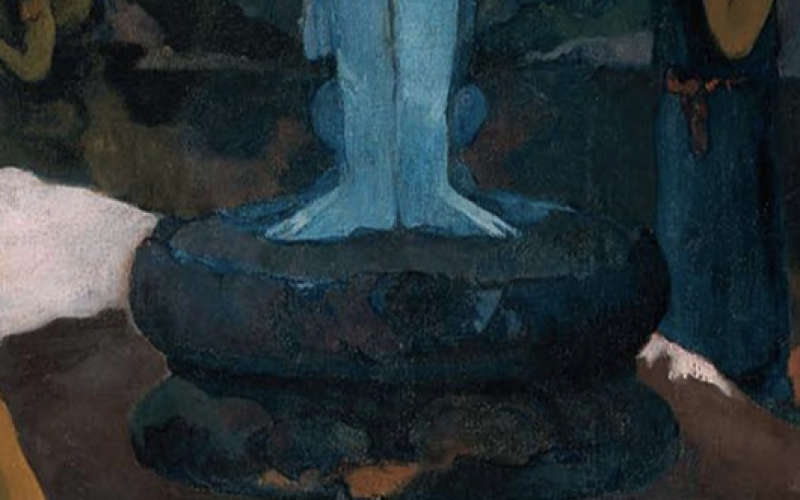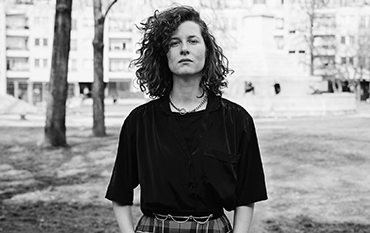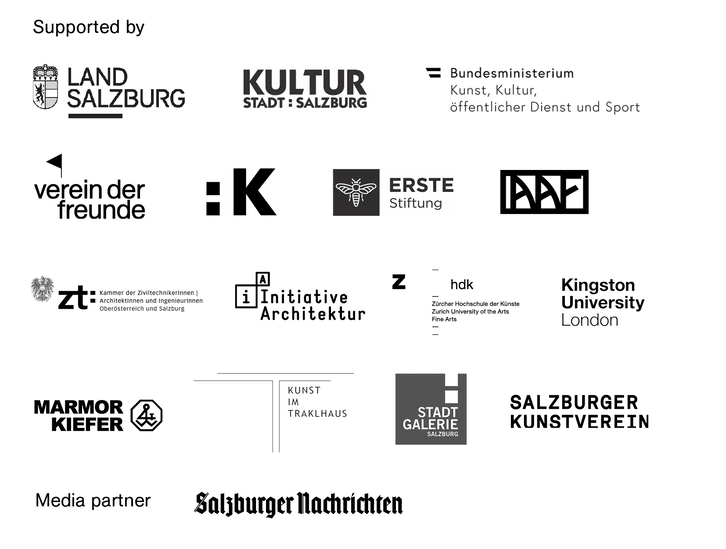| Shop |
- Academy
- Studies
- Courses
- – Courses 2024
- – All courses
- – Painting
- – Drawing
- – Printmaking
- – Photography / Film / Video
- – Sculpture
- – Installation
- – Performance
- – Architecture
- – Art Critique / Writing
- – Curating
- – Course archive 2023
- – Course archive 2022
- – Course archive 2021
- – Course archive 2020
- – Course archive 2019
- – Course archive 2018
- – Courses until 2017
- Events
- Blog/Videos
- Press

A Planetary Stand
A carefully curated group show in a different sense, the Summer Academy is an alternative format to the traditional art academy or university structure. On display is not the art product but art as a selection of communities and processes. Each classroom is its production, battle-field, discussion and exhibition site. The classroom is akin to a petri dish in a lab. In some cases, the room is a safe space for exchange and in some cases, it is a boxing ring to test limits and push discourse. The artistic ego is nurtured. It is about forging your artistic family, finding relatives old and new. Oskar Kokoshka founded the Summer Academy on the premise of creating an avant-garde learning environment, a school of thought, “a school of vision”. Today, the Summer Academy is globally about all the senses, a school of feeling.
The director of the Summer Academy, Hildegund Amanshauser answered a few questions on mentorship and the philosophy of the Summer Academy.
What does art mentorship mean? What are some shifts in art education and philosophy that you have seen during your term? Are there any milestones? How does one manage change?
Mentorship is a one-to-one case with a mentor and mentee. You cannot apply it to the institutional aspect of the Summer Academy. Although of course, there is a lot of one-to-one teaching. We once evaluated students and professors to see if they are still in contact four to five years after their time at the academy. Most of time, this is the case. The students are in conversation with their teachers but also with their student group.
And now the other question on education and how it has developed… I do not think there are milestones. The development of education is a slow process over time. Our Global/Planetary Academy has been a big step for us in terms of quality. It infiltrates our whole program the courses as well as the events. The International Summer Academy like the name says has always been international. But the meaning of the word “international” has also changed throughout the years as the art world has. The planetary art scene has changed and developed.
The advantage of an institution such as the Summer Academy in comparison with other art academies is its size and there are no constrictions like for instance, a Bologna certificate. There is no educational standardized system applied from outside in which we have to function. It is our system. Therefore, we are much quicker in comparison to other institutions. So I would hope we are avant-garde in the sense of global art education. We are only working for six weeks each year. Our teachers work in-between two and four weeks. Teachers from all over the world, from Pakistan, South East Asia, Africa, the Americas have the chance to teach here. Because it is easier to take time out of their schedules for a couple of weeks. Two of our principles are, we do not invite artists who have a professorship in Europe and we invite our teachers only twice. This way, we force ourselves to stay dynamic.
No one sees how hard it is to get all these artists and students here. It is a politicized and economic process. What has been the greatest success in terms of getting visas approved?
This is just the everyday work we do. The political situation changed in Austria, as well as in Europe. It changed enormously after 2015 and 2016. Therefore, it has been getting more difficult to get visas for people from Africa, South-East Asia etc. Our success, one could say, is every visa our participants get. But we are no magicians. It is the law according to the persons in consulates and embassies. They make their decisions. There is this idea of the “Fortress Europe”which does not make our work easier on a global scale.
At my opening speech, I talked about this schizophrenic situation. On the one hand, our Global Academy is funded by the state, it is appreciated by the public and its funders. On the other hand, the same state does not allow the protagonists of this project into the country, those that are making the Global Academy alive and are important voices for us. So we end up in this double-bind. Until now, we got most of the visas, although it is a lot of work for us. But there are visas that people just do not get. For teachers from Africa, you have to work sometimes for one whole year. These trips are fully funded, but the artists still do not get the visa.
In the sixty years revue of the Summer Academy, it says it was not until the late eighties that this institution started understanding itself as a feminist institution in the sense of hiring female professors. How is this today?
It is common sense in the art world to be open to feminist ideas and LGBTQ* rights. This is since decades part of my curatorial standard as well. At the beginning of the 1990s, when it was quite new to invite female artists, we had to try hard to find them on the market and in art institutions. But now it is common sense. The feminist issue is not so much a difficult issue anymore. Our big challenge right now is research on a global scale. How can I know the art world on a planetary level? You have to research for years and travel a lot to find your own approach to some parts of the global art field.
You mentioned organizing the summer academy is like curating a group show. What is this year’s theme?
Our motto for the course program is Where Do We Stand?. The prolonged motto is Where Do We Come From? Where Do We Stand? Where Are We Going?. That means we deal with the current situation and also ask ourselves about traditions, the past and the future. It refers to Paul Gauguin’s painting Where Do We Come From? What Are We? Where Are We Going?.
Gaugain asks “What are we?”. I think, however, that we cannot define what or who we are as humans, but it might be more precise to ask where we stand, especially in this political situation. The motto for this year’s events is Navigating the Planetary. On the one hand, “Where do we stand?” is a static question about our own position in the world, on the other hand, we research movements, how to get around and navigate the world. This is the question we deal with in the lectures, exhibitions, city walks, and artists’ talks.
I’ve noticed there are a lot of common ideas like stone, conglomerate or magic and alchemy. There has also been this shift of classes that are less material based but more immaterial based like culture journalism or curation. What is the purpose of re-envisioning old technologies and adding other art professions?
Yes, we do this revival of old techniques. You can learn stone sculpture to a certain extent within four weeks. You can get a good idea of what is miniature painting within two and a half weeks. This makes sense. It compliments art school education. Often analog photography, film or stone sculpture is not offered at those institutions. But we do offer these “niche techniques”. There is a demand for it.
Yes, there has been this shift, I “invented” the curatorial and the writing courses. I think it is important for artists to know how to write about their work. Of course, in these classes, there are more critics than artists now, because art critic courses are still very seldom. And it is also important for artists to know how a show is produced. So we have this mixture of different job descriptions within the art field. So also curators participate, for them, it is great if they are in contact with many artists, and hopefully, they find each other.
Do you have any hopes and aspirations for this institution for next year and after your term?
I have no specific aspirations for next year. We should continue as we always do and do even better. Whatever this means. After, I leave the Summer Academy at the end of August 2020, I hope that the responsible people will find someone who is excellent.
- 13 August 2019

Authors
- Adelaide D' Esposito
- Albatross on the fortress
- Benedikt Breinbauer
- Chloe Stead
- Collaborative lecture performance
- Everything you always wanted to know about curating
- Gaia Tovaglia
- Hildegund Amanshauser
- Hili Perlson
- Karin Buchauer
- Montage my beautiful trouble
- Nina Prader
- Olamiju Fajemisin
- Processing our days
- Recently deleted
- Summer Academy
- Tex Rubinowitz
- Writing in on and through art
List by
Internationale
Sommerakademie
für bildende Kunst
Salzburg
T +43 662 842113
| Follow us: Newsletter TikTok YouTube |
| © 2023 / Imprint / Privacy Policy |
